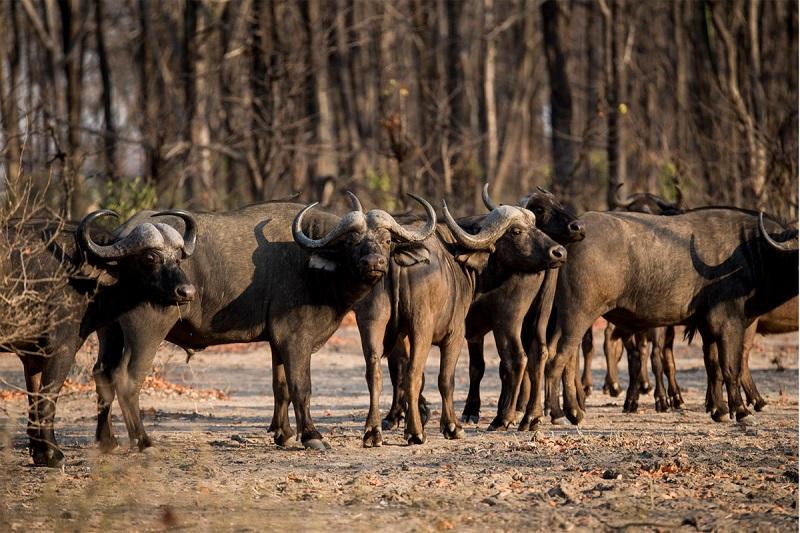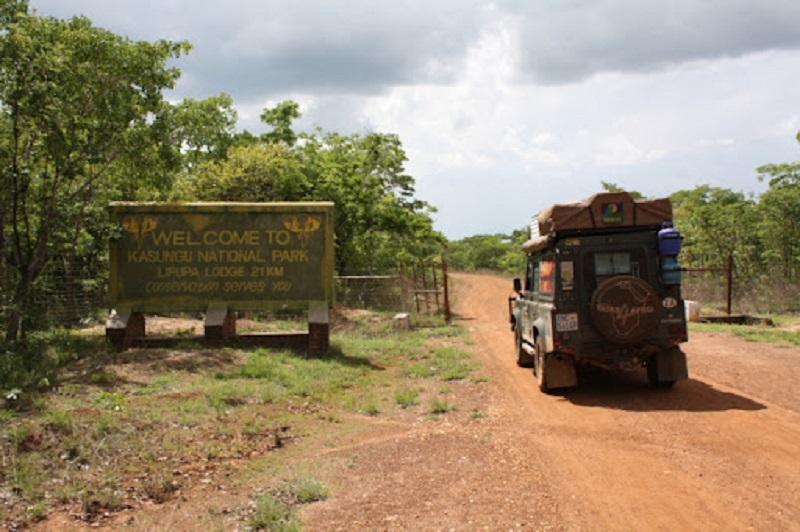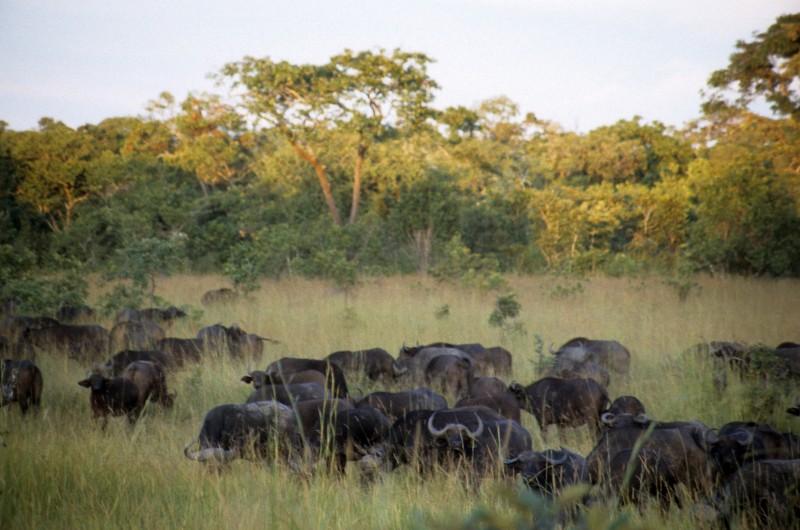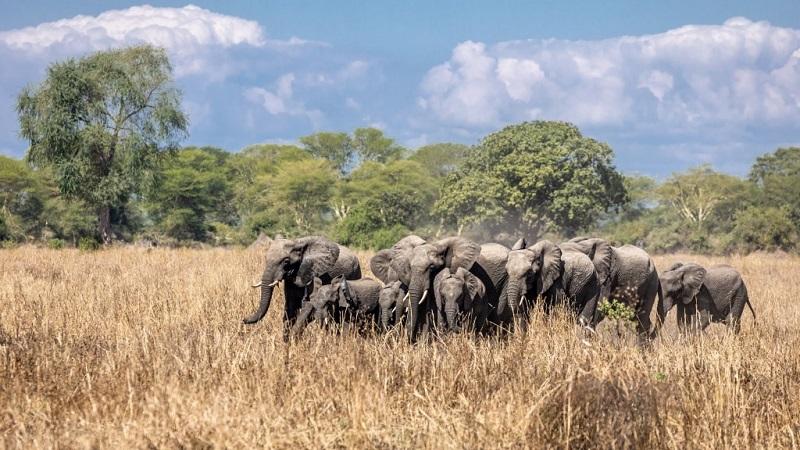Located in the central region of Malawi, Kasungu National Park is a lesser-known gem that offers a serene and authentic African wilderness experience. Spanning over 2,316 square kilometers, it is the second-largest national park in Malawi. The park is characterized by its rolling woodlands, vast grasslands, and numerous watercourses that provide a haven for wildlife.
Kasungu is an ideal destination for those seeking to explore the African bush in its most unspoiled state, away from the more crowded and popular safari destinations. This guide will take you through the unique aspects of Kasungu National Park, its rich wildlife, and everything you need to know for an unforgettable visit.
Please Download Our App from the Android or Apple Store.
Overview of Kasungu National Park
Established in 1970, Kasungu National Park is located about 175 kilometers northwest of Malawi’s capital, Lilongwe. The park is bordered by Zambia to the west and is part of the larger Central African Plateau. Kasungu’s terrain is mostly made up of miombo woodlands, which are interspersed with patches of open grasslands, dambos (seasonal wetlands), and several perennial rivers, including the Dwangwa River.
Although Kasungu National Park was once home to a significant population of elephants and other large mammals, poaching in the late 20th century drastically reduced their numbers. Conservation efforts and anti-poaching measures have seen a gradual recovery in the park’s wildlife population.
Today, Kasungu is recognized for its quieter, more intimate safari experiences, offering visitors the chance to explore its landscapes and wildlife in relative solitude. The park is dotted with inselbergs, which are isolated hills or mountains that rise abruptly from the surrounding plains.
These geological features add to the park’s scenic beauty and provide stunning viewpoints for visitors. Kasungu also has a rich cultural heritage, with several archaeological sites that provide insights into the history of the region’s early inhabitants.
Wildlife in Kasungu National Park

Kasungu National Park is home to a variety of wildlife species, although not in the large numbers found in some of Africa’s more famous parks. The park’s diverse habitats support a range of animals, including elephants, buffalo, zebras, and various antelope species such as hartebeest, impala, and kudu. Elephants, once nearly wiped out due to poaching, are slowly making a comeback, and their presence is one of the highlights of a visit to Kasungu.
Predators in the park include leopards, hyenas, and servals. While sightings of these elusive animals are not as frequent as in some other parks, they are nonetheless present and add an element of excitement to the safari experience. The park’s birdlife is also notable, with over 300 species recorded, making it a great destination for birdwatchers. Species such as the African fish eagle, martial eagle, and various species of kingfishers can be spotted around the park’s rivers and dambos.
The park’s rivers and wetlands are crucial for sustaining the wildlife, especially during the dry season when water sources are scarce. The Dwangwa River, which runs through the park, is a lifeline for many animals, attracting them to its banks for drinking and feeding. Hippos and crocodiles are common in the park’s watercourses, and their presence is a reminder of the park’s rich aquatic life.
Kasungu’s quieter and less crowded nature means that wildlife sightings are often more intimate and personal. Visitors can enjoy game drives with minimal disturbance, providing a more relaxed and immersive experience in the African wilderness.
The Best Time to Visit Kasungu National Park
The best time to visit Kasungu National Park is during the dry season, which runs from May to October. During these months, the park’s vegetation is less dense, making it easier to spot wildlife. The dry season is also when animals congregate around water sources, increasing the chances of seeing a variety of species in one place.
The temperatures during the dry season are generally mild, with cool mornings and evenings, making it an ideal time for game drives and other outdoor activities. The lack of rain during this period means that the park’s roads are more accessible, allowing for easier navigation and exploration.
The wet season, from November to April, brings lush greenery to the park and is a great time for birdwatching, as many migratory species arrive. However, the rains can make some areas of the park difficult to access, and wildlife is more dispersed due to the abundance of water. The wet season is also when the park is less crowded, offering a more tranquil experience for those who prefer solitude.
Getting to Kasungu National Park from Lilongwe

Kasungu National Park is located about 175 kilometers from Lilongwe, Malawi’s capital. The drive from Lilongwe to the park takes about 3 to 4 hours, depending on road conditions and traffic. The route passes through Malawi’s scenic central region, offering glimpses of rural life and landscapes along the way.
The road from Lilongwe to Kasungu is mostly paved, but the final stretch leading into the park can be rough, especially during the wet season. It is advisable to use a 4×4 vehicle, particularly if visiting during or after the rainy season when the roads can be muddy and challenging to navigate.
For those who prefer to fly, there are no direct flights to Kasungu, but visitors can charter flights to nearby airstrips such as the Kasungu Aerodrome, which is about 15 kilometers from the park. From there, transfers to the park can be arranged. However, flying is less common, and most visitors opt for the road journey, which is more practical and offers a chance to see more of the Malawian countryside.
Other Activities in Kasungu National Park
In addition to game drives, Kasungu National Park offers several activities that allow visitors to experience its landscapes and wildlife in different ways. Walking safaris are a popular option, providing an up-close and personal way to explore the park’s woodlands and grasslands. Led by experienced guides, these walks offer insights into the park’s flora and fauna and the chance to see smaller animals and bird species that might be missed on a game drive.
Birdwatching is another highlight of a visit to Kasungu, with the park’s diverse habitats attracting a wide variety of bird species. The dambos and riverbanks are particularly good spots for birding, and early morning walks or drives offer the best opportunities to see and hear the park’s avian residents.
Cultural visits to nearby villages can also be arranged, offering visitors a chance to learn about the local Chewa people’s traditional way of life. These visits often include demonstrations of traditional crafts, dances, and cooking, providing a deeper understanding of the region’s cultural heritage.
Kasungu National Park is also home to several archaeological sites, including ancient rock paintings and iron-smelting furnaces, which provide a glimpse into the area’s historical significance. Exploring these sites offers a fascinating contrast to the park’s natural attractions, combining cultural and historical insights with the wilderness experience.
Park Fees for Kasungu National Park

As of 2024, the entrance fees for Kasungu National Park are as follows:
- Non-Resident Adults: $10 per person per day
- Non-Resident Children (5-18 years): $5 per child per day
- Malawian Citizens and Residents Adults: MWK 1,000 per person per day
- Malawian Citizens and Residents Children (5-18 years): MWK 500 per child per day
These fees help support the park’s conservation efforts and the maintenance of its facilities. Visitors are encouraged to check with the Malawi Department of National Parks and Wildlife or their tour operator for the most up-to-date information on fees and regulations.
FAQs: Touring Kasungu National Park
Do I Need a Car to Tour the Park?
Yes, a car is necessary to explore Kasungu National Park due to its size and the distances between different areas. A 4×4 vehicle is recommended, especially for game drives and navigating the park’s sometimes challenging terrain. Visitors can opt for self-drive safaris or join guided tours provided by lodges and tour operators.
Are Unguided Walks Allowed in the Park?
Unguided walks are not permitted in Kasungu National Park due to the presence of dangerous wildlife. Guided walks with experienced rangers are available and provide a safe way to explore the park on foot. These walks offer educational insights into the park’s ecosystems and wildlife behavior.
How Much is a Game Drive in the Park?
The cost of a game drive in Kasungu National Park varies depending on the tour operator, duration, and whether it is a private or shared drive. Prices generally range from $20 to $50 per person for a half-day drive. Some lodges include game drives in their accommodation packages. It is advisable to book game drives in advance, especially during peak tourist seasons, to ensure availability.
Conclusion
Kasungu National Park offers a peaceful and authentic African safari experience, where visitors can immerse themselves in the beauty of Malawi’s wilderness. With its rich wildlife, cultural heritage, and diverse activities, the park is a hidden treasure waiting to be explored by nature enthusiasts and adventure seekers alike.



